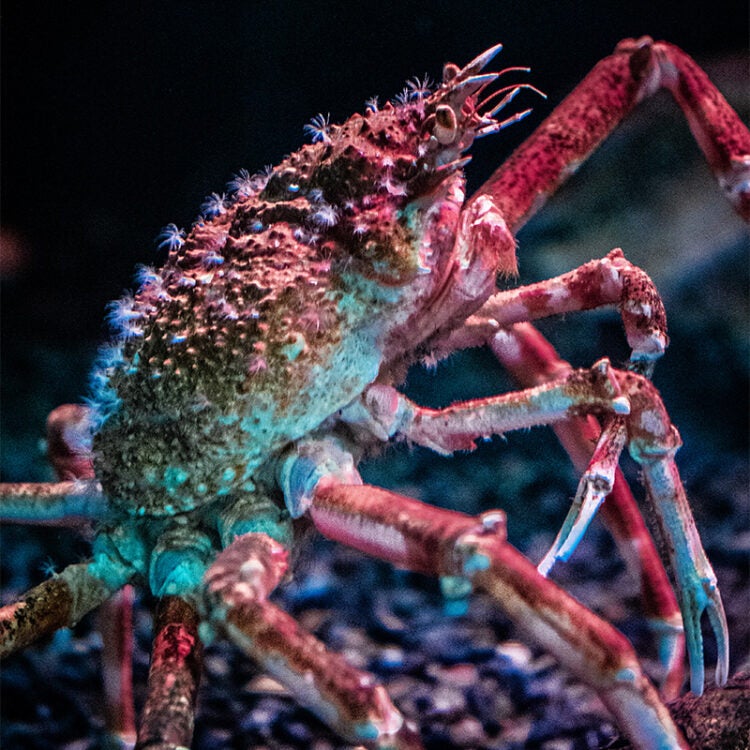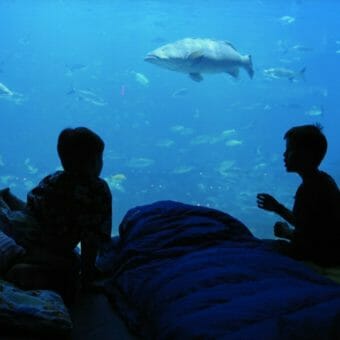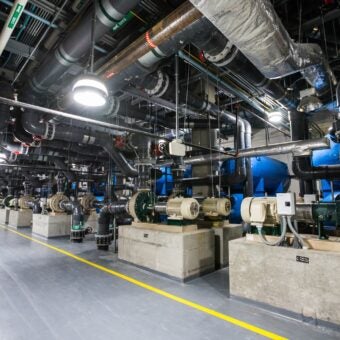-
Size
Up to 12 feet (3.7 m) across -
Diet
Omnivore, eating plants and algae as well as animals like mollusks -
Range
Pacific Ocean around Japan -
Habitat
Seabed, deep sea vents and holes on the ocean floor
Physical Characteristics
- Japanese spider crabs get their name from their resemblance to a spider. It has a rounded body covered with stubby projections and long slim legs.
- Maximum size of up to 12 feet (3.7 m) across.
- Japanese spider crabs will grow to about 15 inches (38 cm) wide and the animal can weigh up to 44 lbs. (20 kg).
- Males are larger than females and have larger claws.
Animal Fun Fact
Japanese spider crabs put small animals on their shells as camouflage.
Diet / Feeding
- Omnivore; diet consists of both plant matter and animals.
- Sometimes acts as a scavenger, consuming dead animals.
- Some are known to scrape the bottom of the ocean floor for plants and algae, while others pry open the shells of mollusks.
Range / Habitat
- Occurs in the Pacific Ocean around Japan.
- Found on the seabed, often inhabiting vents and holes on the ocean floor at depths of 160 to 2,000 feet (49-610 m).
Reproduction & Growth
- Females carry fertilized eggs attached to their abdominal appendages until they hatch into tiny planktonic larvae.
- The larval stage looks nothing like the adult. It is small and transparent with a round, legless body and usually drifts as plankton at the surface of the ocean.
Conservation Status
- “Not Evaluated” on the IUCN Red List.
Additional Information
- One of the largest known arthropods (i.e., the group of animals that includes crabs, shrimp, insects, spiders and horseshoe crabs).
- It is difficult for fishermen to catch the giant Japanese spider crab because of the depth at which it is found, so the species is not widely exploited commercially. However, it is considered a rare delicacy in Asia.
- Member of the Majidae family, which is known as “decorator crabs.” This group of crabs will pick up small anemones, pieces of sponge or other benthic animals and cement them to the top of the carapace (shell). This provides the crab with natural camouflage that protects it from predators.







